A girl, once labeled “wolf girl” and “monkey face” by her peers, knew that her condition wouldn’t stop her from finding happiness. Eventually, she discovered the love of her life, and her story reveals the profound impact it had on her life.
Supatra “Natty” Sasuphan, once dubbed the world’s hairiest girl, faced ridicule and fear from her classmates due to her unique appearance.
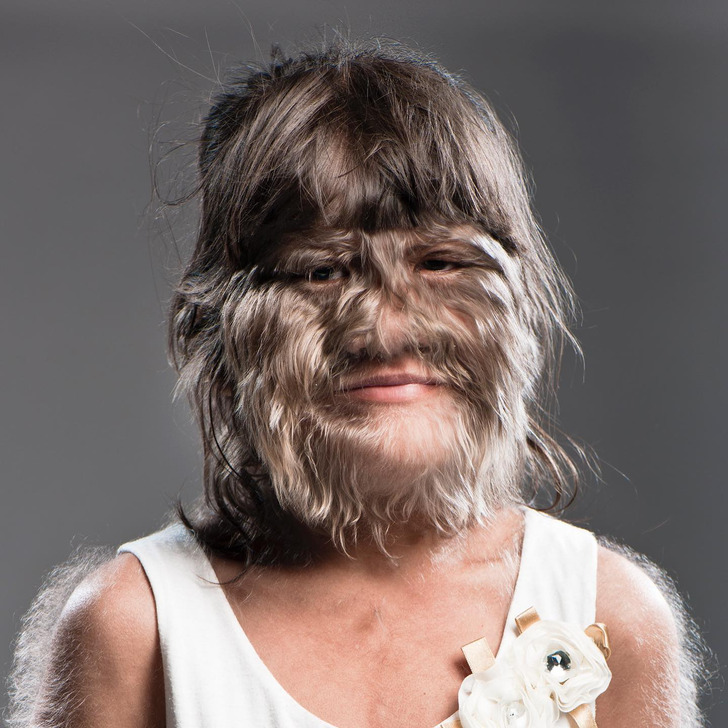
On August 5, 1999, something important happened in Supatra’s family. Usually, when a new baby is born, parents feel really happy and excited. That’s how Supatra’s mom and dad, Sompon and Samrerng, felt when she was born.
But their happiness was mixed with surprise, fear, and disbelief because the doctor told them their baby had a lot of hair. At first, they thought it was normal, but when they saw her in the incubator, they were shocked by how much hair she had. Supatra’s hair covered almost her whole body, and even the doctors in Thailand had never seen someone like her.
Later on, doctors figured out that Natty had a very rare skin disease called Ambras syndrome. This condition is so uncommon that there have only been 50 cases like hers documented in the world since a long time ago.
Ambras syndrome causes excess body hair growth, sparing only the palms, soles, and mouth interior, likely due to a sudden DNA change.
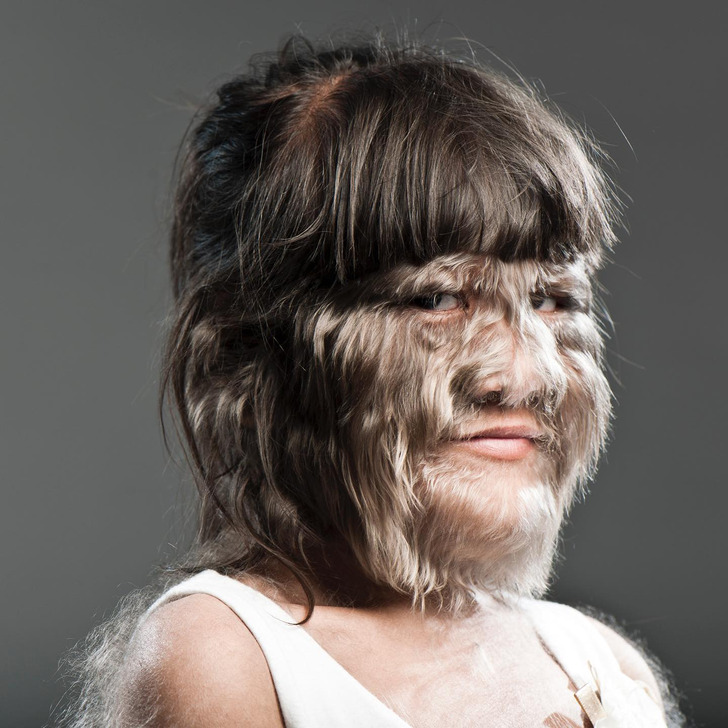
When Natty was born, and her mom wanted to leave the hospital, the doctors didn’t want to let her go because they were worried she might leave her child behind. Sompon told the doctor that she would never abandon her child, no matter what. She said, “We are lucky that she was born into our family.”
Natty grew up in a loving family, but not everyone was understanding of her condition, and she had to deal with some unkindness from strangers and peers.
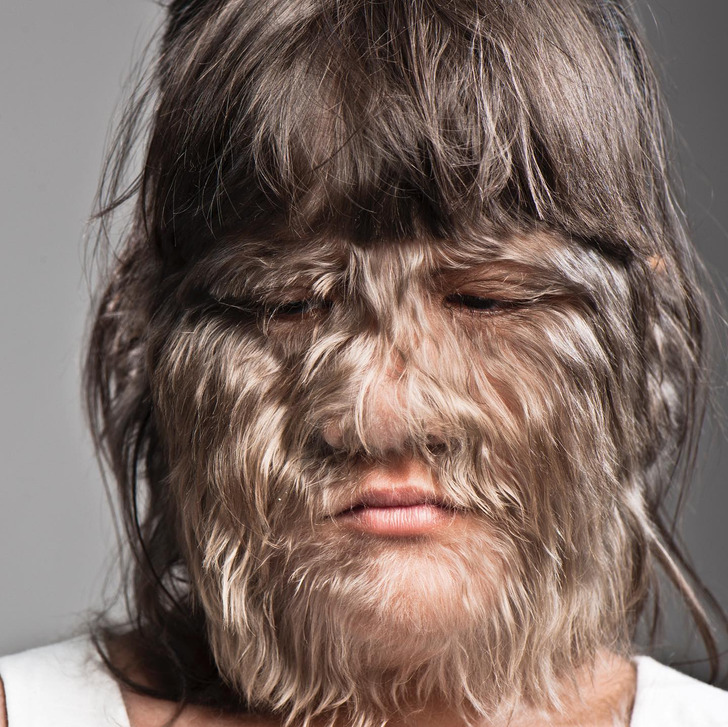
As Natty grew up, her face remained hidden behind thick hair due to her incurable Ambras syndrome. Regular methods like laser removal couldn’t slow down her hair growth. At school, she faced ridicule because of her unique appearance. Kids called her names like “wolf girl” and “monkey face.”
Natty, however, didn’t understand why they teased her, as she considered herself a normal girl with just a bit more hair. She stated, “It’s the way I am.”

Natty’s teacher, Kuljira Posaeng, revealed that other kids were initially scared of Natty’s appearance, making her early school days difficult. Over time, though, Natty proved she was just like any other student. Teachers described her as hardworking with good grades, and she eventually became one of the most popular kids at school.
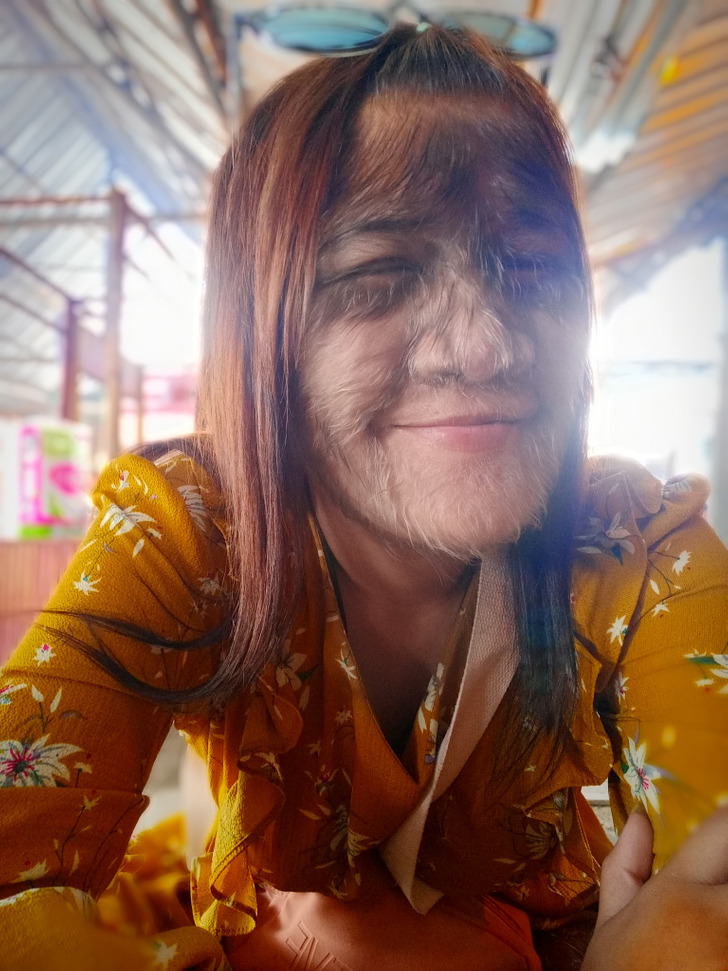
Natty’s teachers said she was a lively girl who loved to sing, dance, and act. Her parents treated her just like any other kid, and they never made her feel like she was less important. They took her everywhere and weren’t embarrassed that she looked different from other children.
Later on, Natty found her love.
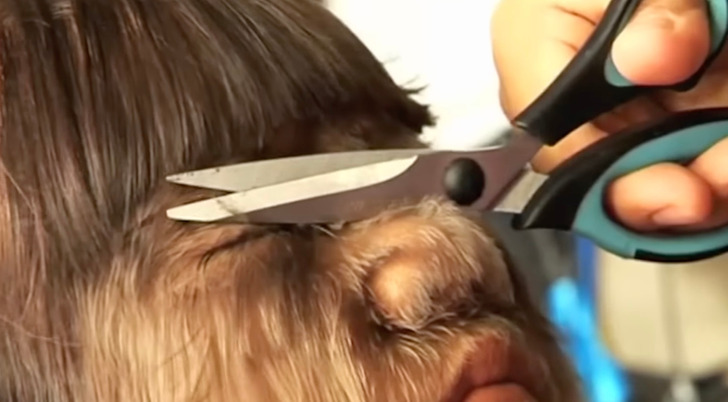
Natty has come to terms with her condition, understanding that there’s no cure for it. She decided to keep her body hair the way it naturally grew from the time she was born, only shaving her face when she became a teenager. As she grew older, her self-esteem and self-image became more important to her, and she also found love.
She shared: “It began from friendship, then we became a couple.” Their conversations brought her happiness, and being together was comfortable, with a love she didn’t anticipate: “It was a kind of love that I didn’t expect would happen to me.”
Natty later married her boyfriend, calling him “the love of my life.”
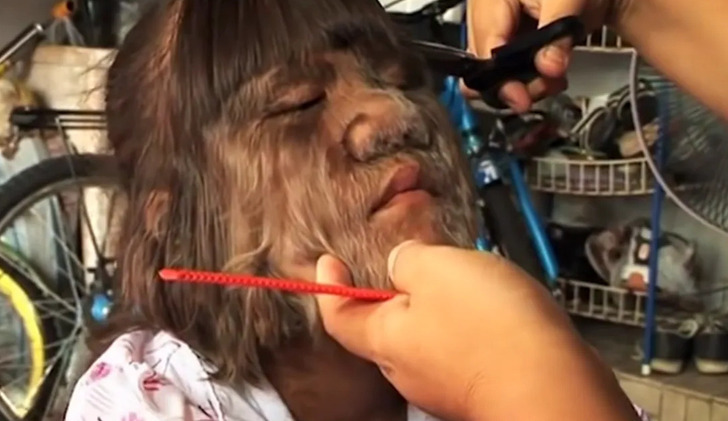
She also posted pictures with her lover, showing her face without facial hair. Some people thought she might have been cured, but her dad explained that she had chosen to shave her facial hair to reveal her new look. Now, her eyes, face, mouth, lips, and cheeks are visible, with only her forehead covered by her head’s hair.
Natty, who has found love and happiness, is determined to lead a positive life and continue making a beautiful impact on society. She believes that everyone is beautiful and unique in their own way, and she wants to inspire others to embrace their individuality and radiate their inner beauty.

Before you go, be sure to check out another article where a woman shares her story to emphasize that body hair shouldn’t be criticized, highlighting the importance of self-acceptance and embracing one’s uniqueness.
Black Man Holds White Baby, Close Look Tells State Of ‘Race Relations’
A photograph of a black man holding a white baby has gone viral on social media. As viewers began to realize what was really happening in the snapshot, they couldn’t believe their eyes.
“So a lot of people like this picture. So I wanted to take a minute to tell the story,” Facebook user Cody Shugart captioned a snapshot of his son sitting in the lap of a black man. Shugart went on to identify the black man as Milton West, who was his childhood next door neighbor. Shugart had many a good memory with Milton West at the center.
Milton West was my childhood next door neighbor,” wrote Shugart. “I knew him as Mr. Chip. He retired from DOW chemical as an operator. He has always been there for me since I was two years old. Growing up without a father was always difficult for me. But the good lord surrounded me with great men, Mr.Chip was one of them.”
“He constantly preached the value of an education, taught me how to take care of a yard, he taught me to see people for who they are not what they look like, he taught me how to treat my mother like a saint and many other life lessons,” added Shugart. “His contributions to me becoming a good son, man, and father were huge. I am forever grateful for God putting him in my life.”
“Everyday, I read something negative and how race relations are worse than ever. I disagree, and I hope this is a positive loving message to many people. This is just one story in little ol Victoria, Texas. I’m sure there are millions of similar stories across the United States,” he concluded.

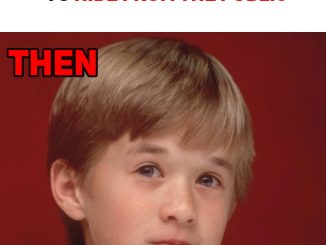

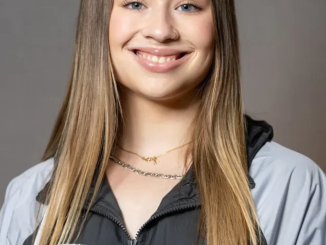
Leave a Reply